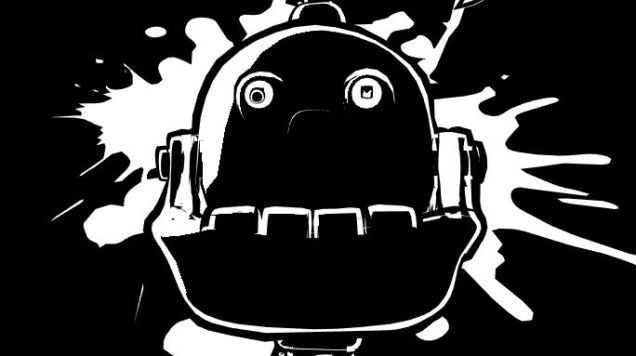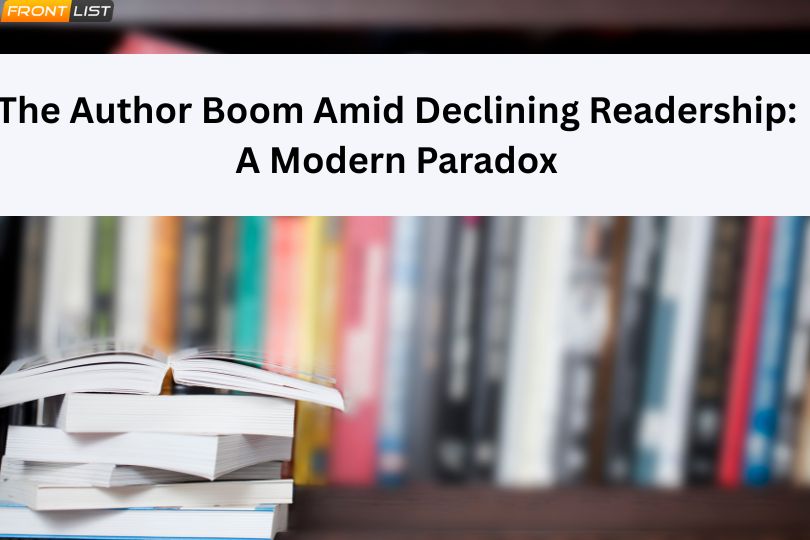Frontlist | 'Inkbots' is a 3D comic like no other ever before
Frontlist | 'Inkbots' is a 3D comic like no other ever beforeon Dec 18, 2020

For most of comics history, 3D comics have been little more than gimmicky attractions reliant on polarized glasses to create the effect of stereoscopy. More recently, some comics artists have been tracing computer-generated models to draw complex structures. 3D comics that allow one to simulate movement along three dimensions on a screen are an invention of the 2010s. Particularly with virtual reality comics, like the adaptation of Grant Morrison’s Annihilator or Dave Gibbons’ work with the motion-book tool Madefire, it’s now possible to enter panels that capture time and space. Writer-illustrator Ray Baitt previously forayed into virtual reality 3D comics with Nanite Spectrum, which was mostly 2D but allowed you to dive into some panels. But his most recent work, the webcomic Inkbots, is a fascinating, fully 3D comic with a story about space travel that actually fits the medium.
The story so far is bare, and the weakest aspect of the webcomic: A group of spacefaring robots explore a new planet. It’s in how the story is told that Inkbots innovates and shines. Raitt uses the traditional techniques common to comics as collections of captured, sequential moments of time, but also transposes these same techniques to the third dimension, which is fitting because—as Einstein postulated—space and time are related concepts. The stark blacks and whites (and mostly single-panel pages) hearken back to the wordless novels of Frans Masereel. It’s heartwarming that such a bold new direction in comics draws on what could be considered the first Western comic books.
From the perspective of physics, comics are usually one dimensional, in that the page is flipped horizontally (x-axis) or vertically (y-axis), if scrolling through a digital comic. Actual reading, moving from the various images within the panels that constitute a page, happens along both the x and y axes. Inkbots chooses to represent time with scrolling. As the web page is scrolled, animations that further the story, like a speech bubble coming in, appear. Animations have been used before in online comics, especially in the sprite comics that became popular in the 2000s, like Kid Radd. Inkbots lets the reader move the panel along the z-axis, with a mouse or thumb, allowing for a simulation of depth. Though a reader could technically read the comic in whichever way and speed they so choose, the 3D movement has limits, suggesting an evolution of how the creator’s framing, panel shape, speech-bubble length, and other decisions shape the reading experience.
This interactivity on the reader’s part makes them a storyteller of sorts. Whereas 2D comics limit that participation to the realm of time, Inkbots gives the reader tools to create their own works, letting them choose the angles they think best narrate each moment of the work. Or perhaps the reader might conclude a specific panel best works with motion, an element Baitt could potentially expand upon (say, allowing for brief recordings of movements done within a panel), because to achieve this effect at present, the reader has to move their mouse or thumb back and forth.
As space and time are related, Inkbots, by its design, posits that the gutter—the space between panels where the reader’s mind fills in the story of the comic—is thought spacetime. Could the amount of time that exists within a 3D panel be dictated by the movement the reader decides for it? The webcomic thus allows readers both new and old to play in this spacetime unique to comics.
Of course, there might be potential naysayers who could argue the additional two layers of dimensionality exclude Inkbots and other 3D comics from being categorized as comics—that they are simply interactive games in the form of comics. Virtual reality devices are primarily used for videogames, they might reason; Comics is (or should be) the medium of still, flat sequential images. But what’s great about Inkbots is that the motion along the z-axis allowing the reader to control the movement of comics also acts as a reminder of a reality that’s easy to forget: The atoms that constitute the physical or digital structure of comics are already constantly in motion with every flip of the page. Thus, even the still images are not truly still.



.jpg)






.jpg)

.jpg)
.jpg)
.jpg)
.jpg)

.jpg)










Sorry! No comment found for this post.